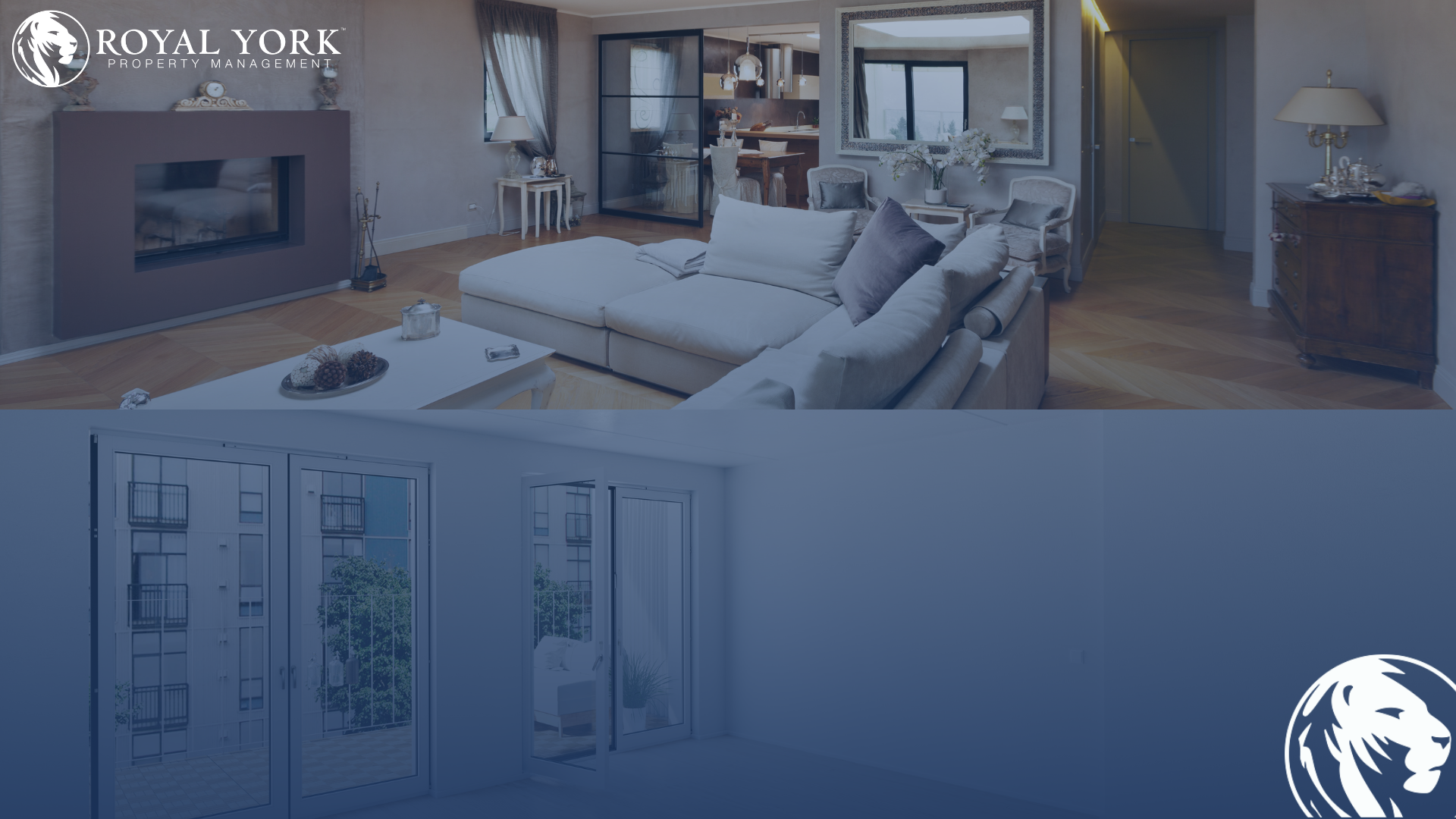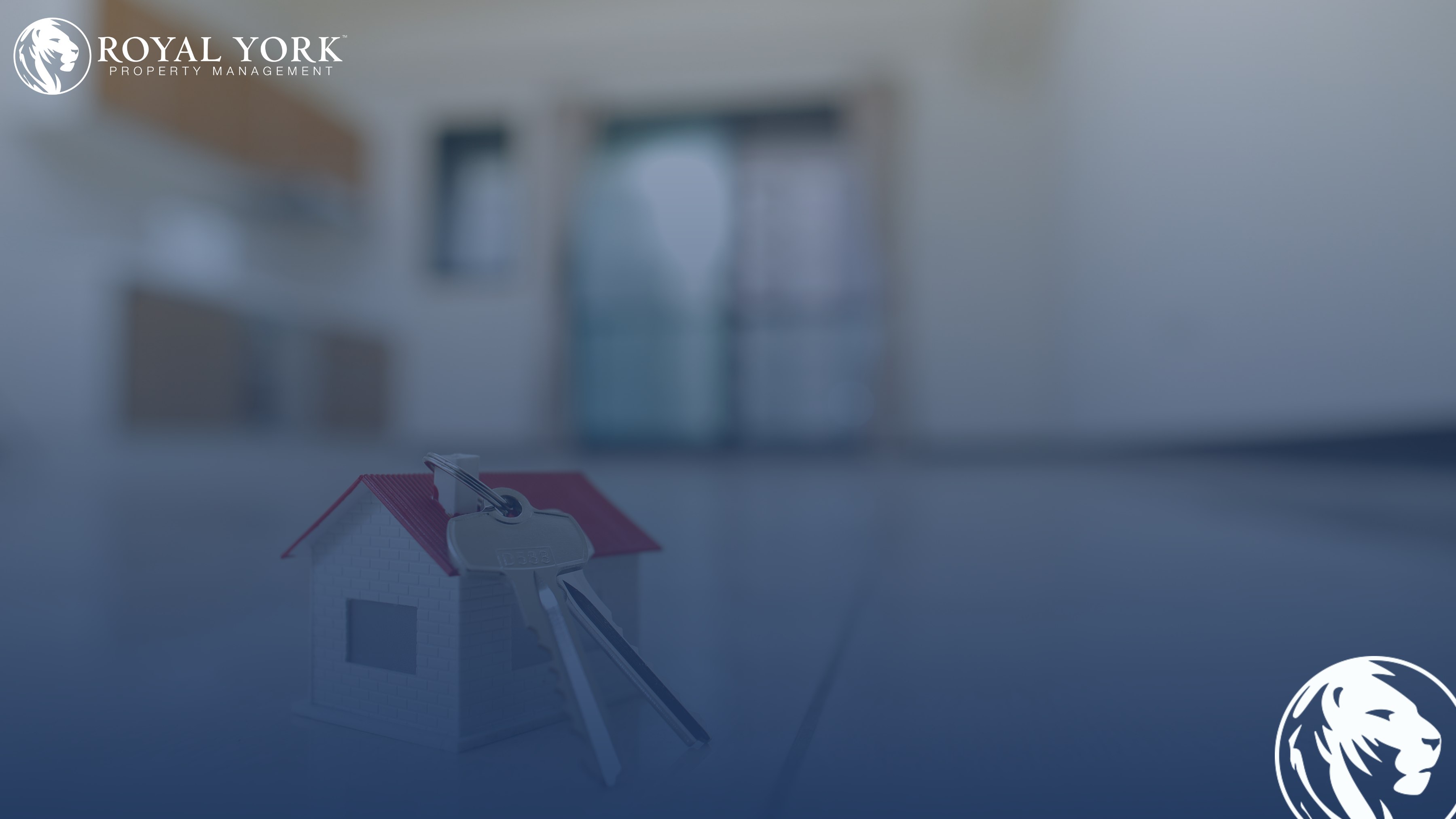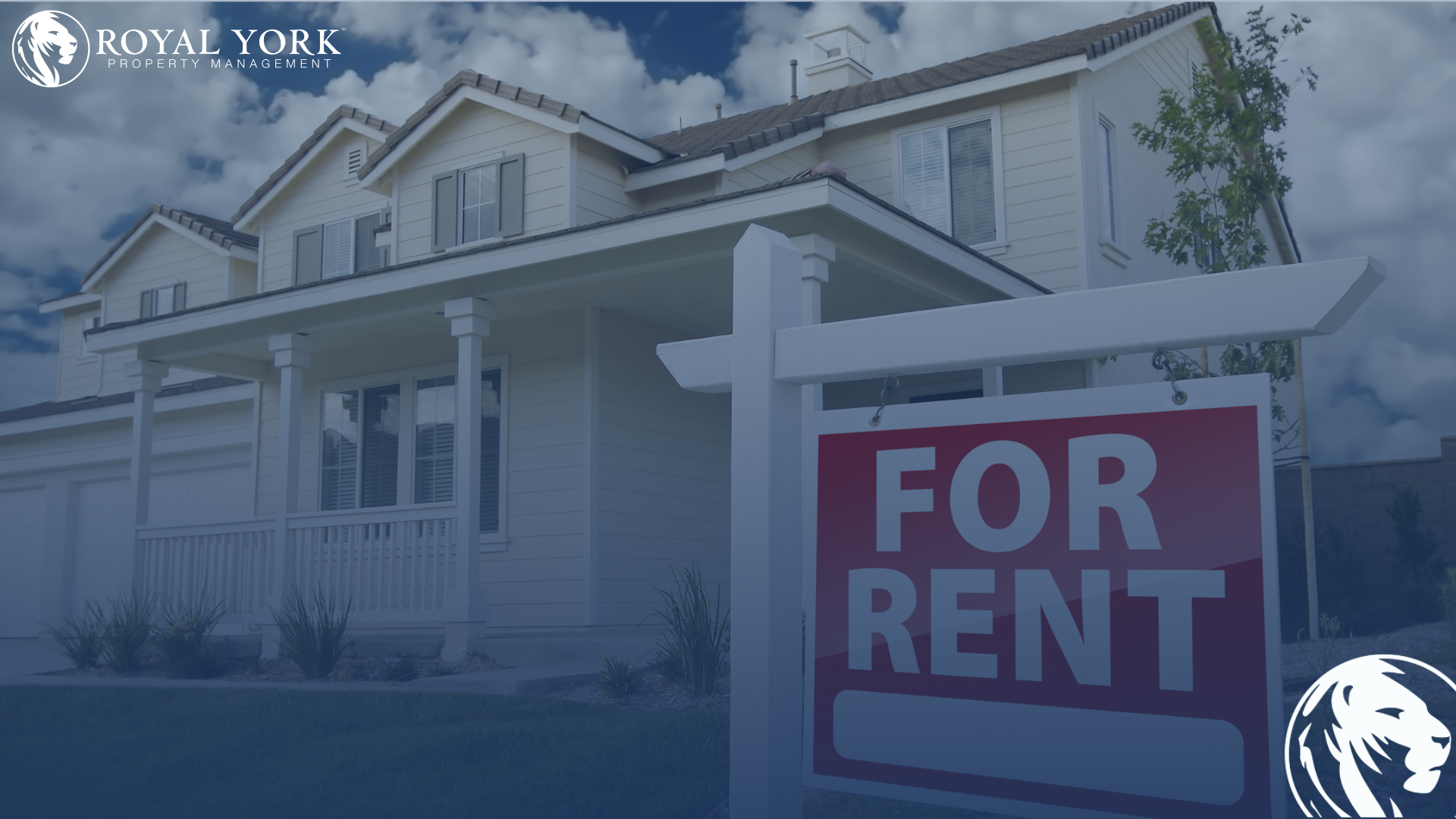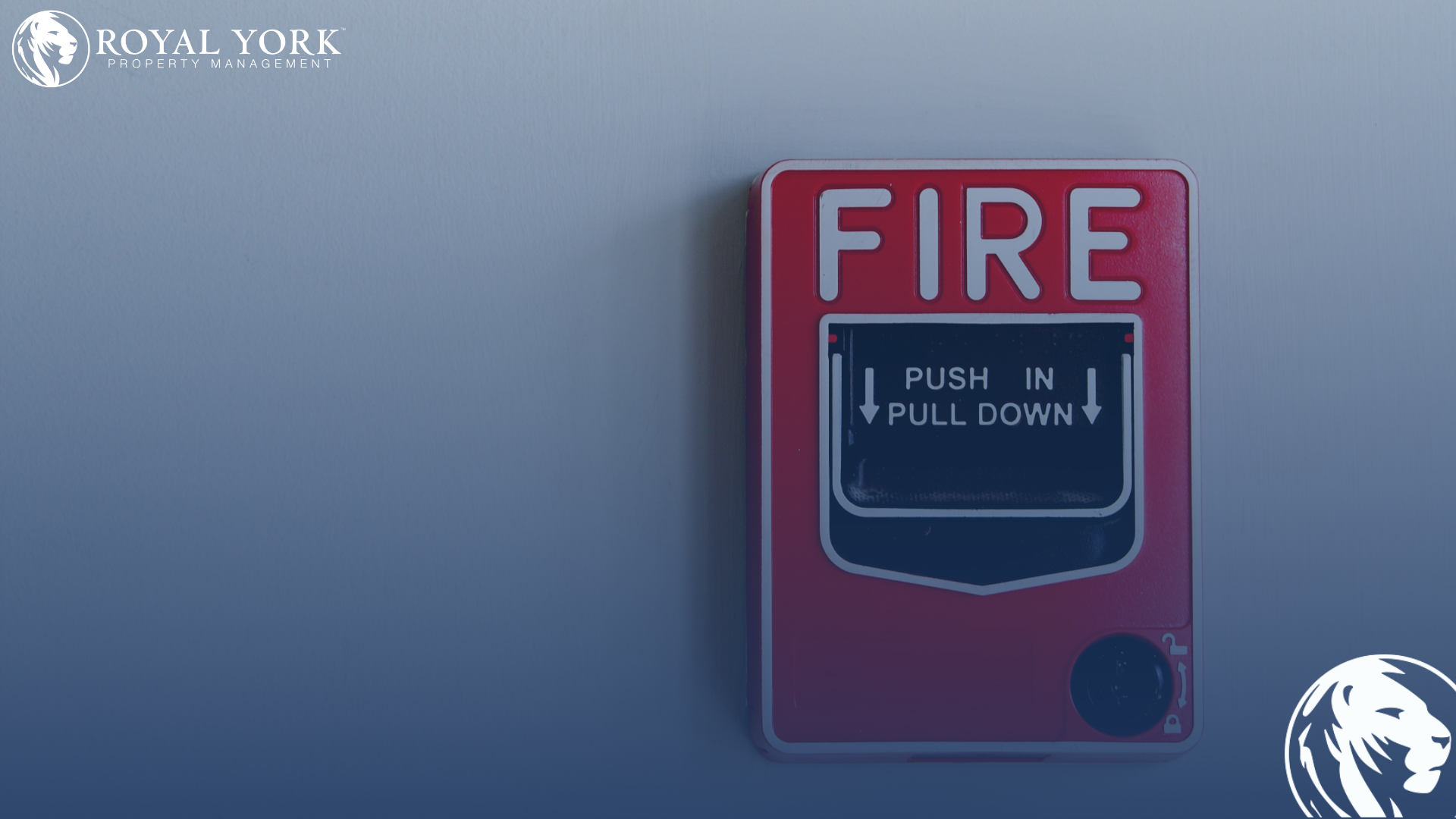
April 24, 2024
Property Management Tips, RYPM Resources
RYPM
As a premier property management and leasing company in Ontario, Royal York Property Management is committed to providing unparalleled service and expertise to landlords, investors, and tenants across Canada. With a vast portfolio of over 22,000 properties valued at more than $10.1 billion, we have established ourselves as a trusted partner in the real estate industry.
Royal York Property Management understands that renting out your house, furnished or unfurnished, is a significant and essential decision that can significantly affect its profitability and marketability. This blog post will outline the advantages and disadvantages of each option to enable Ontario property owners to make an informed choice.
What is a furnished rental?
A furnished rental is a rental property that includes most or all necessary furniture and appliances. Generally, the rental comes with necessary items such as beds, sofas, dining furniture, and sometimes extra elements, such as curtains, appliances in the kitchen like a refrigerator and stove, and sometimes dishes, linens, and decor. Essentially, it is to provide a tenant with a living space that will require minimal additional purchases to be fully functional. This is especially convenient for short-term renters, frequent movers, or just for people who do not want to commit to their furniture.
Pros of Furnished Rentals
Greater rental yield
One of the most attractive features of offering a furnished rental is the possibility of higher rental yield. In high-demand urban areas, especially where tenants may want a home they could easily move into, properties that come with furnishings may attract higher monthly rent.
Short-termed Lease
Furnished properties tend to appeal more to tenants who request shorter lease terms, like students or corporate professionals. This can be an advantage for landlords who want to adjust rates regularly or occupy the property during certain parts of the year.
More Tenants Attracted
The ease of furnished properties often draws in a broad range of potential renters. This is particularly significant in markets with high levels of transient labor or foreign students because the burden of buying furniture may be a major disincentive.
Drawbacks of Furnished Rentals
High Start-up Costs and Maintenance
The cost of furnishing your property at first could be quite hefty. Secondly, furnished rentals usually require more maintenance and replacements over time, considering furniture, as well as appliances, wear out faster with different tenants.
Increased Liability
Offering an equipped property also raises the liability of the landlord. The possibility of damage to the furniture and frequent refurbishments can add to overall managerial duties.
An unfurnished rental may even arrive without furniture and with minimal appliances. A bare apartment or house will contain at least a basic fixture, namely lighting, bathroom fixtures, and sometimes major appliances like a stove or refrigerator, as agreed. Typically, landlords expect tenants moving into an unfurnished rental to furnish their home with beds, sofas, tables, chairs, and occasionally smaller appliances, along with all their personal belongings. Unfurnished rentals offer the tenant the strong freedom to have his or her living space set up just as he or she wants, to suit his or her needs. This is why long-term tenants prefer unfurnished rentals, particularly when they have other belongings and the freedom to utilize them.
Advantages of Unfurnished Rentals
Lower Initial Capital
Unlike furnished rentals, unfurnished ones require less initial capital. This is a good option for landlords who want a much cheaper way to start investing in rental properties.
Longer Tenure Periods
Usually, tenants who invest in their furniture plan stay longer. As a result, this will reduce tenant turnover as well as costs associated with searching for new tenants.
Simplicity in Management
Generally, running an unfurnished rental is simpler. Without having to do an inventory or maintain furnishings, property management can be more direct, focusing on the property rather than its contents.
Challenges of Unfurnished Rentals
Chance for Extended Vacancies
Longer vacancy periods are among the major difficulties associated with unfurnished rentals. Occupants who are ready to immediately move in may choose not to include the inconvenience and cost of furnishing a rental unit.
Restricted Market
Demands for unfurnished rentals may be low, depending on the area in question. This is especially true in urban areas where people come and go more frequently, as furnished apartments are usually more attractive to such workers.
Price Difference: Furnished vs Unfurnished
The price difference between furnished and unfurnished rentals can vary greatly depending on location, type of property, and local market conditions. Typically, furnished properties command between 10 and 30 percent higher rents compared to their non-furnished counterparts. This is because, besides being more convenient for tenants, this premium also reflects high turnover rates in these units.
Matching Tenant Ideals
Whether you are thinking of furnishing your premises or not, you must also take tenant preferences into account in your specific area. In Toronto city centers for instance, which are hampered by young professionals and expatriates, furnished apartments are more attractive due to their convenience. Comprehending these preferences can help landlords tailor their products to meet market needs and minimize empty units.
Landlords need to be aware of the latest developments in the Ontario rental marketplace. For example, the increase in remote work has created a demand for home offices. A serviced apartment with an office ready for use would be a great draw for this growing group. Royal York Property Management, among other property management companies, constantly assesses market trends and offers advice that will ensure your rental strategy remains competitive and appealing to potential renters.
Risk Management and Insurance Considerations
Overcoming Risks with Correct Insurance
Whether you opt to lease out your property with or without furniture inside it, it is important to have the right insurance. Furnished houses may need extra protection against contents that would otherwise damage the furniture and appliances provided in them. To be conversant with all of the aspects in question, landlords are advised to contact their insurer.
Impact of Furniture on Security Deposits
Also, think about how fixtures might affect your security deposit. The presence of fine things in the apartment warrants a greater amount paid as a deposit. It serves two purposes: discouraging tenants from neglecting the property and its belongings, as well as protecting them.
Furnishing strategically to make an Impact
You know, if you choose to furnish your property, it is not just about putting some furniture there. There is a lot of importance to strategic furnishing of your house. For instance, a well-placed attractive sofa, functional desk, and tasteful decorations can turn an apartment into a home rather than just looking like another hotel room. These are the kind of small things that really matter when you are advertising your apartment because they make it unique.
In making decisions as to whether or not you should furnish your rental property, evaluate various pros and cons so that you can come up with an informed choice based on what your investment objectives are as well as what your intended market needs.
We at Royal York Property Management Ontario understand this, and we will help you through these difficult choices with great ease, therefore making sure that your real estate reaches its full potential in Ontario’s rental market.
The factors that can influence your decision of whether to rent out your property as furnished or unfurnished include the kind of tenants you are targeting, your financial objectives, and the amount of time and resources that you want to spend on managing the property. This firm offers customized advice and services about how one can optimize his investment in rental property in Ontario’s broadest market.
Are you thinking about leasing out your Ontario property and don’t know where to start? Talk to Royal York Property Management today for a free consultation on rental practice optimization.
Moreover, you can find us on Facebook, Instagram, and LinkedIn. We are on X too.
Frequently Asked Questions
Q1: What’s the additional amount I should charge if I consider renting my furnished house in Ontario?
A1: The premium for renting a furnished home varies depending on where it is located, the type of unit it is, and the quality of furnishings provided. On average, landlords could expect anything between 15% and 30% more compared with an equivalent unfurnished apartment, especially when they are situated in highly sought-after urban areas.
Q2: Which one is better, renting a furnished place or an unfurnished one, in terms of taxes?
A2: The tax implications rely much on how you treat rental income and expenditure. By furnishing a property, you can claim higher depreciation allowances and others. For more specific advice, it’s recommended that you talk to a qualified tax advisor.
Q3: Should my furnished property be rented out in the short term or long-term?
A3: This will depend mostly on your investment objectives and prevailing market circumstances. Short-term rentals often yield increased returns as compared to the latter, though they may lead to frequent tenant changes as well as high operational costs. On the other hand, long-term rentals provide more certainty and less work for landlords. In making this final decision, contemplate how comfortable you are with many tenants coming and going each year, plus what demand exists for such rentals in your region.
Q4: What are some of the furniture and amenities to incorporate into a furnished rental?
A4: Essential furniture includes beds, sofas, dining room sets, and enough storage space. High-end appliances, a reliable internet connection, and an efficient office area can make the difference in making your property more appealing. Some personal touches, like paintings and quality bedding, can also be very beneficial.
Q5: Are there legal considerations I should be aware of when renting out a furnished property in Ontario?
A5: Yes, there are additional legal considerations to keep in mind, such as compliance with safety standards for furniture and electrical items and having each item mentioned in the signed agreement to avoid conflicts. Besides, it is necessary to know and follow any local guidelines that govern furnished rentals, which may be different from those meant for unfurnished ones.
Therefore, Royal York Property Management tackles these common questions to enable property owners to make informed decisions about their rental properties within Ontario. For more detailed guidance tailored to your specific situation, please feel free to contact us.













